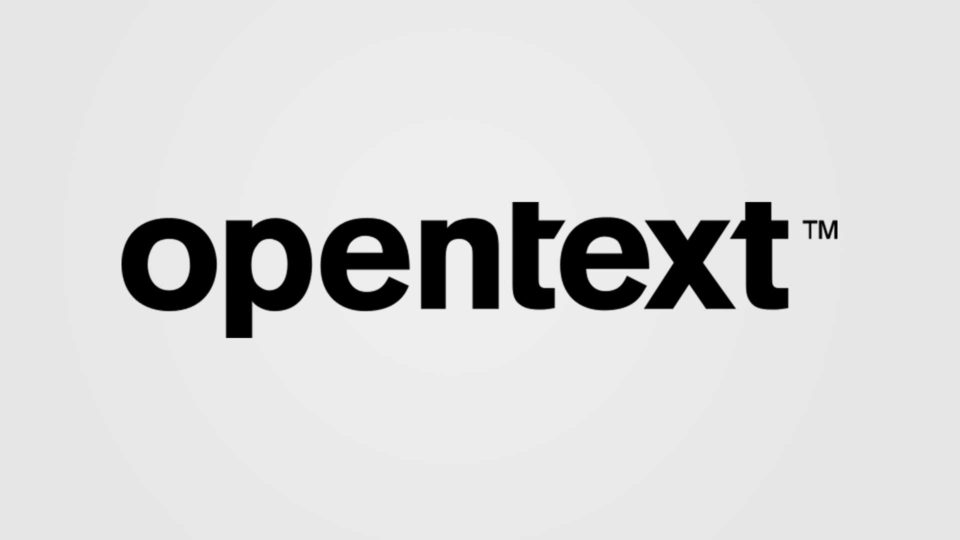5 key learnings from the Gartner Data and Analytics Summit 2019

Last week, OpenText joined thousands of IT and business leaders at this year’s Gartner Data & Analytics Summit in Orlando. As the leader in Big Content in addition to Big Data, we showcased how our flexible AI and analytics platform OpenText™ Magellan™ helps organizations uncover insights in structured and unstructured data for faster and more effective decision-making.
Here are some of the key takeaways.
1. Humans and machines are working with – not against – each other
The looming concern that machines will one day replace humans certainly isn’t new, but it’s one that was addressed head-on at this year’s summit. At the opening keynote, Gartner Sr. Director and Analyst Carlie Idoine debunked the dated “machine takeover” myth and instead painted a more realistic picture of what the intersection between AI and people will look like, saying AI works best when “humans and machines play to each other’s mutual strengths and counteract their weaknesses.” Indeed, AI is used for augmentation – not replacement – of jobs and AI concepts therefore still depend on human users. There will never be a need to choose between algorithmic decisions and human intuition. Instead, we can automate manual processes while promoting the creative to achieve a harmonious balance in our quest for continuous improvement.
At OpenText, the notion of machines empowering humans to do better is at the heart of what we do. It’s embodied within our solutions such as AI-augmented capture: adding intelligent document handling allows you to automate tedious processes, thereby freeing up time for your talent to put their creative skills to even better use.
2. AI will play a major role in managing complex IoT data
In a presentation on how the Internet of Things (IoT) will disrupt data and analytics, Gartner VP Analyst Ted Friedman revealed that 25.1 billion IoT units will be online by 2021. With this will come enormous volumes of data – both structured and unstructured. Organizations must therefore adapt their BI and analytics capabilities to manage these swells of information, leveraging richer systems of analytics to make sense of its inherent complexity. Moreover, they’ll need smarter stream processes to determine which information is truly valuable and where it should go. AI’s role lies in achieving control over complex data by automating tasks, such as classifying and routing content, as well as decisions.
To navigate the challenges of growing IoT data, organizations will need to leverage platforms that can handle tremendous amounts of data. OpenText Magellan is built to ingest and make sense of large volumes of different types of data to deliver valuable insights that support optimal outcomes.
3. Data will become an invaluable tool for addressing global issues
Cindi Howson, Research Vice President at Gartner unveiled the “Data for Good” movement, which is founded on the belief that we can go beyond organizational limits, using data to enact positive change on a global scale. We are increasingly seeing that corporate social responsibility (CSR) influences critical performance areas such as customer spending and employee retention rates. Now, both nonprofits and for-profit enterprises can leverage data to address global issues such as poverty and climate change, thereby weaving data-driven CSR initiatives into their company culture.
While there is clear potential for using data to enact positive change, Howson also warned that companies must guard against using data for evil. Enterprises should proactively adopt strategies to promote ethical data practices, especially in light of emerging data governance laws. Seeking informed consent, exercising transparency, and monitoring for unintended consequences will be critical, but these objectives become challenging with growing volumes of unstructured data. OpenText strongly believes in using data for the good and solutions such as OpenText Magellan help organizations uncover sensitive information within their textual data to facilitate ongoing compliance and ethical data use.
4. The ability to explain decisions of predictive and prescriptive models is becoming a key area of focus in machine learning practices
As machine learning becomes an increasingly useful tool for business success, questions surrounding trust and accountability must be confronted to enable accuracy, fairness, reliability, and accountability in algorithmic decision making. For example, business executives often do not trust the results of data science reports – because no one is able to explain how they were created. In many cases, multiple models go into a report. For the sake of transparency, you must be able to describe these models holistically, explaining how their results came together to form the report. In other words, what would meaningful accountability entail for different use cases? As machine learning “explainability” emerges as an important aspect of sound AI practices, organizations will need to determine when and if they need to explain their methods, and explore AI governance models to promote compliance and transparency.
5. The biggest difference between modern and traditional analytics and BI lies in who can use the data
In a presentation titled “The Foundation of Modern Analytics & BI,” Howson showed us how analytics and BI are evolving. One of the primary differences between traditional and modern platforms is how data is used – and by whom. Whereas analytics and BI platforms traditionally required IT to model data upfront before dashboards or reports could be created, modern platforms empower nontechnical users to analyze and explore data, enabled by IT. Modern analytics are also continuing to drive BI adoption: while the adoption rate was less than a quarter in 2009, just a decade later, it’s up to 35% and growing. That’s why OpenText Analytics Suite offers the ability for any user to access, prepare, and explore data and then share it through their enterprise to edge the competition with insights-driven actions.
The post 5 key learnings from the Gartner Data and Analytics Summit 2019 appeared first on OpenText Blogs.

